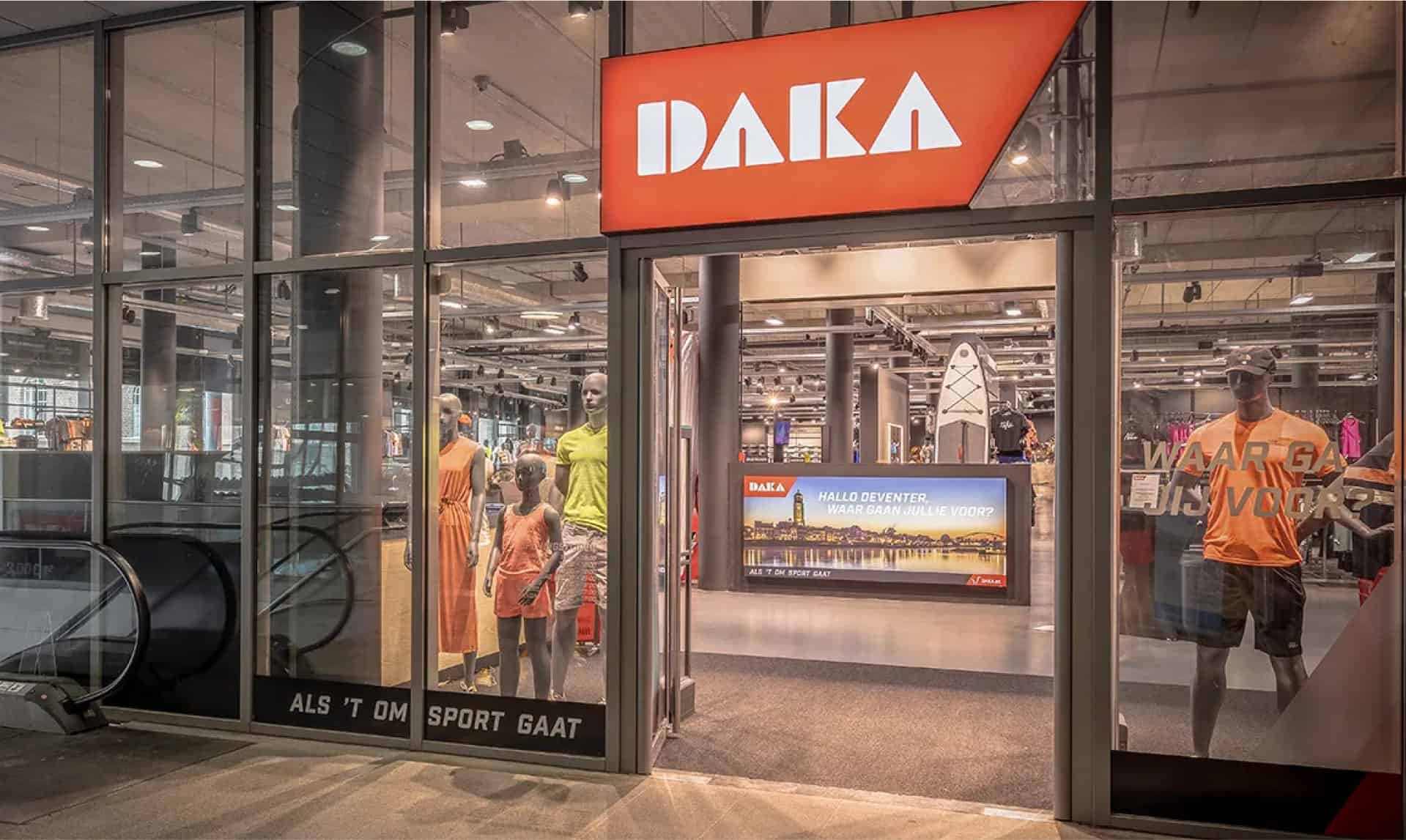Daka’s traditional replenishment system caused stockouts in some stores, excessive inventory in others, leading to broken size arcs, lost revenue, and an unsatisfactory customer experience.
Daka utilises WAIR’s AI Replenisher to forecast sales at the SKU level for its 18 physical stores, allowing the implementation of customised replenishment strategies. The ERP system automatically adjusts the minimum and maximum stocking limits based on customer demand trends and sales performance.
Traditional vs AI Replenisher
Forecast accuracy: 49% vs. 96%
Overprediction: 51% vs 4%
Underprediction: 0% vs. 0%
Amount increase of SKUs rightfully predicted: 299.000


Consequently, the central warehouse experienced stockouts, unable to replenish empty stores, while other stores had excessive inventory. Leading to mid term stockout in season. This necessitated the redistribution of inventory, resulting in a costly and time-consuming process
Daka implemented the AI Replenisher, equipped with a fashion retail-specific Deep Learning model, to accurately predict and address the seasonal influences on their sales. This forecast is made with WAIR’s Deep Learning model. It considers external data sources and retailer-specific information such as sales data, product details, local demand, and individual store performance, to make SKU-level sales predictions. This allows Daka to allocate stock based on revenue potential and replenish their physical stores which are heavily influenced by seasonality accordingly.
By continuously learning from customer behavior, the model suggests incremental replenishment adjustments that collectively result in significant improvements to sell-through rates, reduction of overstock, and revenue growth.
The AI Replenisher seamlessly integrates with a company’s ERP software, allowing teams to harness the full capabilities of WAIR directly from their familiar ERP interface.
Daka successfully implemented the AI Replenisher within their Microsoft Dynamics 365 system, utilizing ACA Fashion Software’s XPRT solution, in a quick time frame of just 7 days.
Now, the ERP receives intelligent sales predictions, which are then utilised to automatically adapt the minimum and maximum stocking limits. Daka’s merchandisers have the flexibility to override recommendations, establish business rules, and switch between algorithmic and manual control for any store, category, or SKU based on their specific requirements.
With the AI Replenisher Daka can now implement a replenishment strategy that significantly increases the full-price sell-through rate for all products. What’s more, this optimisation process is completed much faster compared to their previous method of only focusing on the high and low performers.
Daka reserves 18% of their total stock for replenishment purposes. By significantly enhancing forecast accuracy from 49% to 96% and drastically reducing overpredictions from 50% to 4%, Daka has made an enormous improvement.
Daka now expects to accurately forecast the sales of 610.000 SKUs with the AI Replenisher, which is an incredible improvement compared to the previous correctly replenished 312.000 SKUs.
Over prediction
under prediction
Over prediction
under prediction
WAIR is an Amsterdam based startup founded in 2019 with the idea that top-shelf technologies should be accessible to retailers of all sizes. With a team of retail experts and machine learning engineers working side-by-side, WAIR designs solutions that allow businesses to add automated intelligence without breaking processes or platforms and with low investment and high ROI.
1% increase in sell-through rate for full price is direct added revenue and margin.
The initial 1% (as showcased below) serves as a baseline figure. However, considering the demonstrated improvement in accuracy and the absence of any decrease in underprediction, this represents only the minimum expected outcome. The potential increase in the sell-through rate percentage can range anywhere from 1% to 20%.
| Calculation sheet | Forecast Accuracy | Overprediction | Underprediction |
|---|---|---|---|
| Traditional replenishment (Min/Max) | 49,1% | 50,90% | 0,05 |
| AI Replenisher | 96% | 3,5% | 0,43% |
| SKU Sales (new season & collections) | Forecast Accuracy | Overprediction | Underprediction |
| Traditional replenishment (Min/Max) | 312.586 | 323.986 | 318 |
| AI Replenisher | 611.669 | 22.482 | 2739 |
| Improvement in % | 196% | ||
| Improvement in SKU | 299.084 | -301.504 | 2.420 |
| What happens with only +1% | 2.991 | ||
| Sell-through improvement | 0,5% | ||
| Original Price (incl VAT) | € 57,02 | ||
| Below the line profit - EBT (incl VAT)* | € 170.537 | ||
| Reduced SKUs sent from Warehouse to Store | -10% | € -30.150 | |
| Picking costs (Warehouse) per SKU | € 0,10 | € -3.015 | |
| Transportation Costs per SKU | € 0,19 | € -5.729 | |
| Distribution Savings** | € -8.744 | ||
| Total | € 179.281 |
Additional Revenue /Margin (incl VAT)* – This is the expected additional revenue from the AI Replenisher. Distribution Savings** – Assuming 10% fewer overpredicted SKUs, which will save on distribution costs. Added benefits like: FTE automation, instore efficiency, customer experience improvement are not taken
At WAIR, we consider the 1% as the minimum benchmark due to the ever-changing dynamics of the fashion retail industry, making it challenging to precisely quantify our contributions. Our approach is to underpromise and overdeliver, ensuring we exceed expectations in our efforts.